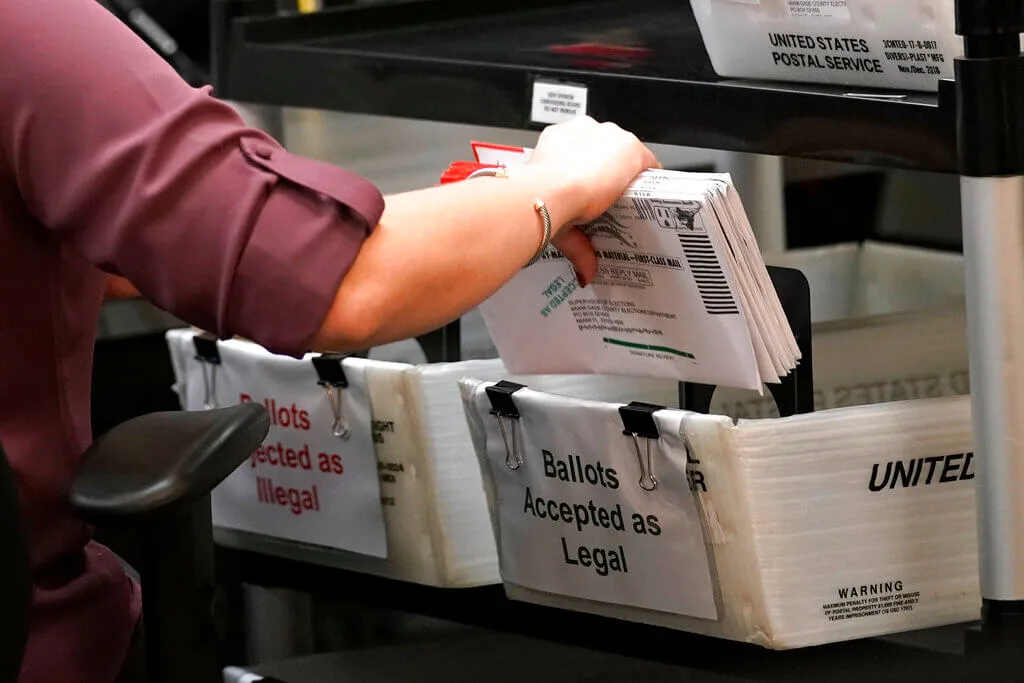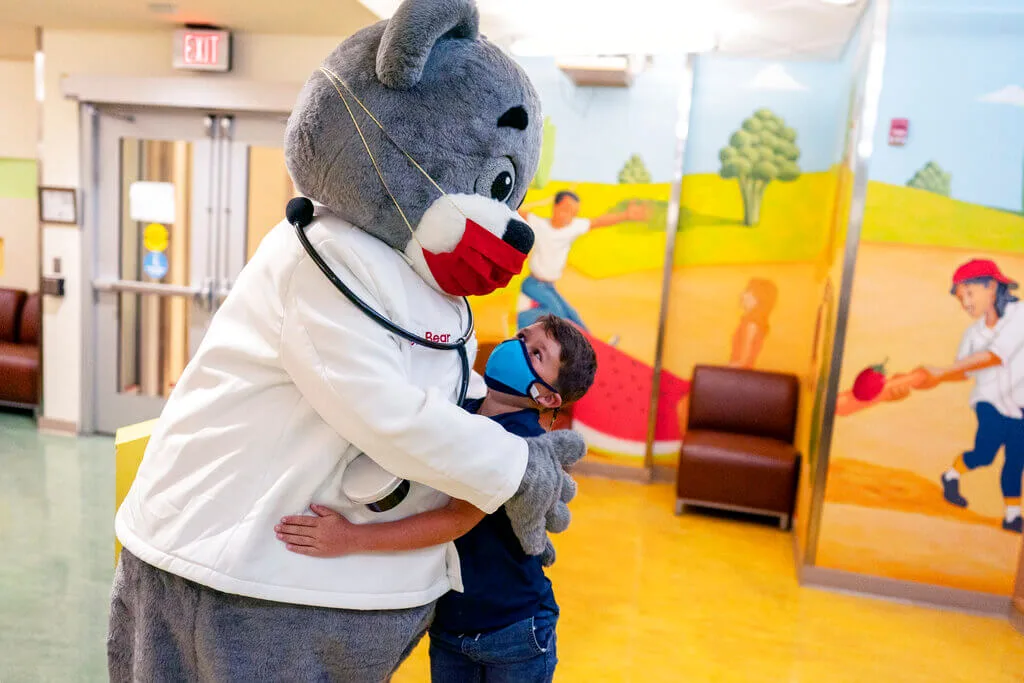
Image via Shutterstock
As Miami-Dade restaurants open for indoor dining, new research published on Tuesday offers new evidence the disease can spread in the air.
FLORIDA—For the first time in months since Miami Mayor Carlos Gimenez banned indoor dining at all county restaurants in response to the record rise in COVID-19 cases, restaurant owners in Miami-Dade County can open their dining rooms, but there are restrictions and rules to follow.
Dining room capacities are limited to 50 percent, tables will be required to be at least six feet apart (as in outdoor dining), with no more than six people at a table, doors and windows must be open, “even in interior spaces, to allow for fresh air to circulate, and fans and air conditioning must be on all the time (not on automatic) while people are inside the restaurant,” said Mayor Gimenez. Also, guests who enter restaurants must wear a mask until they are served water and anytime they get up from their table.
RELATED: Hispanic and Black Children More Likely to Be Hospitalized With “Severe” COVID-19 Symptoms
New Concerns After Studies
But despite precautions, there are some serious concerns not limited to the danger presented by asymptomatic diners. The last time restrictions were lifted, there was a new surge. And new studies point to the role of airborne transmission.
In July, 239 scientists from 32 different countries published an open letter calling for the World Health Organization (WHO), and other health authorities, to update their information on the coronavirus, claiming it is time to address airborne transmission of COVID-19.
The letter said, in part, “there is significant potential for inhalation exposure to viruses in microscopic respiratory droplets (microdroplets) at short to medium distances (up to several meters, or room scale), and we are advocating for the use of preventive measures to mitigate this route of airborne transmission.”
In response, the World Health Organization published new guidance saying “some outbreak reports related to indoor crowded spaces have suggested the possibility of aerosol transmission, combined with droplet transmission” in places like choir practice, fitness classes, and restaurants.
Additionally, the New York Times reported that University of Florida experts in virology and aerosol science confirmed aerosol transmission at distances of seven to sixteen feet from a room in a ward dedicated to Covid-19 patients at the University of Florida Health Shands Hospital.
Their study found for the first time that Sars-Cov-2 in the form of tiny droplets known as aerosols remained viable in the air, suggesting a risk of inhaling the virus near carriers who cough, sneeze and speak, reported the paper.
“The public health implications are broad, especially as current best practices for limiting the spread of Covid-19 center on social distancing, wearing of face-coverings while in proximity to others, and hand-washing,” the researchers wrote, adding that “for aerosol-based transmission, measures such as physical distancing by six feet would not be helpful in an indoor setting, provide a false sense of security and lead to exposures and outbreaks.”
The findings, posted online at the beginning of August, had not been vetted by peer review at the time, and though according to the New York Times “other experts said it was difficult to extrapolate from the findings to estimate an individual’s infection risk”, the study’s findings have alerted scientists.
A JAMA Internal Medicine research published on Tuesday offers new evidence coronavirus can spread through the air, when a person who was not yet showing symptoms of the disease, riding on a poorly ventilated Chinese bus (in January, before face masks were routinely used against the virus), infected nearly two dozen other passengers with coronavirus even though many weren’t sitting close by. “The investigations suggest that, in closed environments with air recirculation, SARS-CoV-2 is a highly transmissible pathogen,” researchers wrote. In fact, the sickness infected people in the front and back of the bus, outside the perimeter of three to six feet that authorities and experts say infectious droplets can travel. Health authorities had discounted the possibility that simply breathing could send infectious micro-droplets into the air, before the new evidence started mounting up.
RELATED: Over 1,600 Kids Caught COVID-19 While Being Held in Detention Centers
Significant Evidence
“I think there is significant evidence that demonstrates that the virus remains in air droplets for periods of time that present a risk to dining in indoor spaces,” Frances Colón, Ph.D., a political and environmental expert from Puerto Rico, told The Americano.
According to Colón, the risk goes up because diners will not be wearing masks while eating.
“The measures to ensure that restaurants can only operate at 50% capacity help maintain distance and reduce the amount of droplets in the air, but the risk is still there,” Colón said. “People will have to decide how much risk they are willing to accept to dine out in indoor spaces.”
Dining outdoors, adequate social distance when dining, and using masks when indoors are still the best measures to reduce the risk of transmission, according to Colón.
“We are still learning, but these are valid results observed in multiple studies,” she said.
RELATED: Joe Biden Has Released His Healthcare Plan. Here’s What It Means for You.
Politics

Teamsters and UPS Reach Tentative Deal to Avoid Strike, 340,000 Workers to Get Raises
The tentative deal represents a huge win for full- and part-time UPS Teamster workers, who would get significant pay raises and better working...



One Republican Senator Is Blocking 265 Military Promotions, Leaving the Marines Without a Confirmed Leader
Sen. Tommy Tuberville's decision means these military officers are not getting the pay raises they’re owed, cannot move their families to wherever...
Local News



Teamsters and UPS Reach Tentative Deal to Avoid Strike, 340,000 Workers to Get Raises
The tentative deal represents a huge win for full- and part-time UPS Teamster workers, who would get significant pay raises and better working...



One Republican Senator Is Blocking 265 Military Promotions, Leaving the Marines Without a Confirmed Leader
Sen. Tommy Tuberville's decision means these military officers are not getting the pay raises they’re owed, cannot move their families to wherever...




